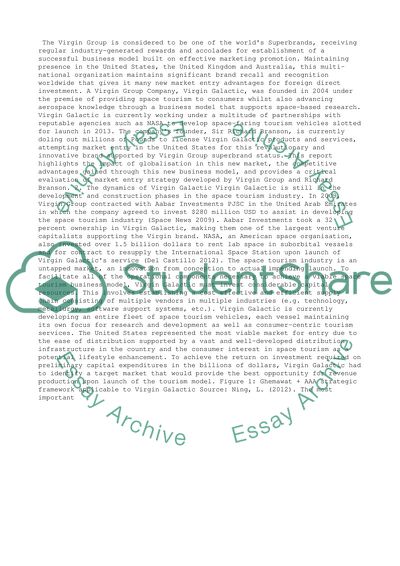Cite this document
(“Virgin Group Company Essay Example | Topics and Well Written Essays - 2750 words”, n.d.)
Virgin Group Company Essay Example | Topics and Well Written Essays - 2750 words. Retrieved from https://studentshare.org/business/1402753-virgin-group
Virgin Group Company Essay Example | Topics and Well Written Essays - 2750 words. Retrieved from https://studentshare.org/business/1402753-virgin-group
(Virgin Group Company Essay Example | Topics and Well Written Essays - 2750 Words)
Virgin Group Company Essay Example | Topics and Well Written Essays - 2750 Words. https://studentshare.org/business/1402753-virgin-group.
Virgin Group Company Essay Example | Topics and Well Written Essays - 2750 Words. https://studentshare.org/business/1402753-virgin-group.
“Virgin Group Company Essay Example | Topics and Well Written Essays - 2750 Words”, n.d. https://studentshare.org/business/1402753-virgin-group.


